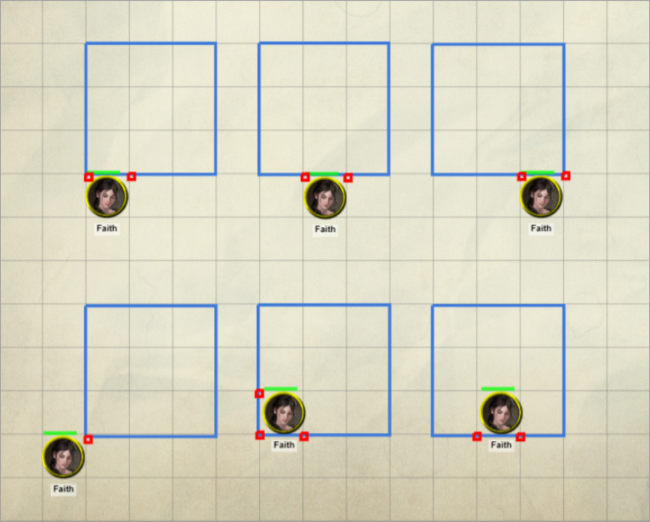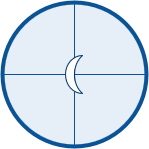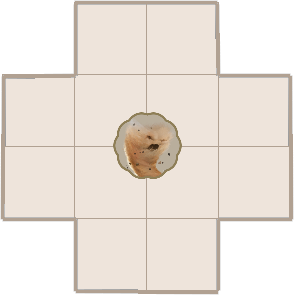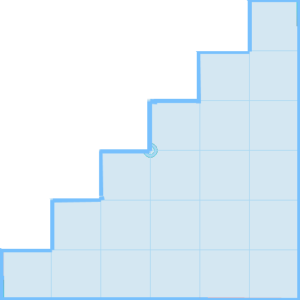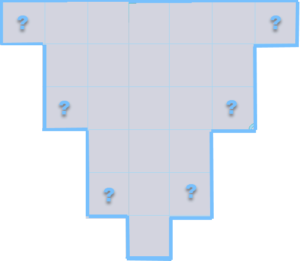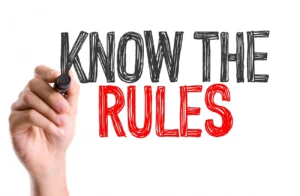 Part of an ongoing series of 5e (2014) Rules notes. See the end of the post for notes on 5.5e (2024) rules.
Part of an ongoing series of 5e (2014) Rules notes. See the end of the post for notes on 5.5e (2024) rules.
Our Tempest Cleric had the Wrath of the Storm class ability (strictly speaking, not a spell), and endlessly enjoyed using it. Even when she took a bigger smack than her attacker did in turn, she just enjoyed the free combat.
It is, in fact, pretty cool:
Also at 1st level, you can thunderously rebuke attackers. When a creature within 5 feet of you that you can see hits you with an Attack, you can use your Reaction to cause the creature to make a DEXterity Saving Throw. The creature takes 2d8 Lightning or Thunder damage (your choice) on a failed Saving Throw, and half as much damage on a successful one.
So in one game, a Smoke Mephit did its ash breath on the cleric from from the adjoining square. This isn’t a To-Hit roll Attack, but an AoE Affect. Should it trigger Wrath of the Storm?
So, is an AoE “attack” an actual attack?
The answer seems to be NO. Because the AoE weapon isn’t, strictly speaking, hitting with an Attack. The key here is “hits you with an Attack.” And the PHB (p. 194) is clear what that all means:
When you make an attack, your attack roll determines whether the attack hits or misses. To make an attack roll, roll a d20 and add the appropriate modifiers. If the total of the roll plus modifiers equals or exceeds the target’s Armor Class (AC), the attack hits. The AC of a character is determined at character creation, whereas the AC of a monster is in its stat block.
Attacks are made with a d20 roll against a target’s AC. But that’s not what happens with the Smoke Mephit’s breath, or a Dragon’s breath weapon, etc. Those:
- are not targeted at someone
- don’t require an attack roll
- aren’t defended by AC
Instead, AoE attacks create a condition in a certain area of squares, and if someone is in that area, they automatically have to make a Saving Throw to determine the severity of the conditions that ensue (which may or may not include damage; the Smoke Mephit’s ashy breath caused blindness).
(This is part and parcel of why an AoE attack from an adjoining square doesn’t trigger any Disadvantage, either — because there’s no attack roll to Disadvantage.)
If there’s no attack roll (and, as part of it, a hit caused by a successful attack roll), Wrath of the Storm does not trigger. That would include attacks with Magic Missile, Hold Person, or even Wrath of the Storm itself:
A consequence of this is that if two tempest clerics are fighting one another, and Ann smacks Bob with her mace, Bob may use Wrath of the Storm on Ann as a Reaction, but Ann cannot retaliate in turn, even though she might have a Reaction available, because Wrath of the Storm does not qualify as an attack.
Does any of this change in 5.5e?
The Tempest Domain for Clerics has not (yet) been ported over to 5.5e (2024), so theoretically it continues to exist as it did in 5e, with Wrath of the Storm acting as above.
The rules over what an “attack” is remain pretty much the same, too.
When you take the Attack action, you can make one attack roll with a weapon or an Unarmed Strike.
The more elaborate PHB definition echoes this:
When you take the Attack action, you make an attack Some other actions, Bonus Actions, and Reactions also let you make an attack. Whether you strike with a Melee weapon, fire a Ranged weapon, or make an attack roll as part of a spell, an attack has the following structure: […]
3. Resolve the Attack. Make the attack roll, as detailed earlier in this chapter. On a hit, you roll damage unless the particular attack has rules that specify otherwise.
So, as with 5e, an attack made through an Attack action (or, in this case, a Magic action) is only considered an attack if there is a to-hit D20 Test by the attacker. In the case of an AoE, there is no such role made, the Area gets an Effect automatically, and the only rolling is to see if creatures in the Area manage to dodge, block, or otherwise fend off all or part of the damage or other conditions taken.




